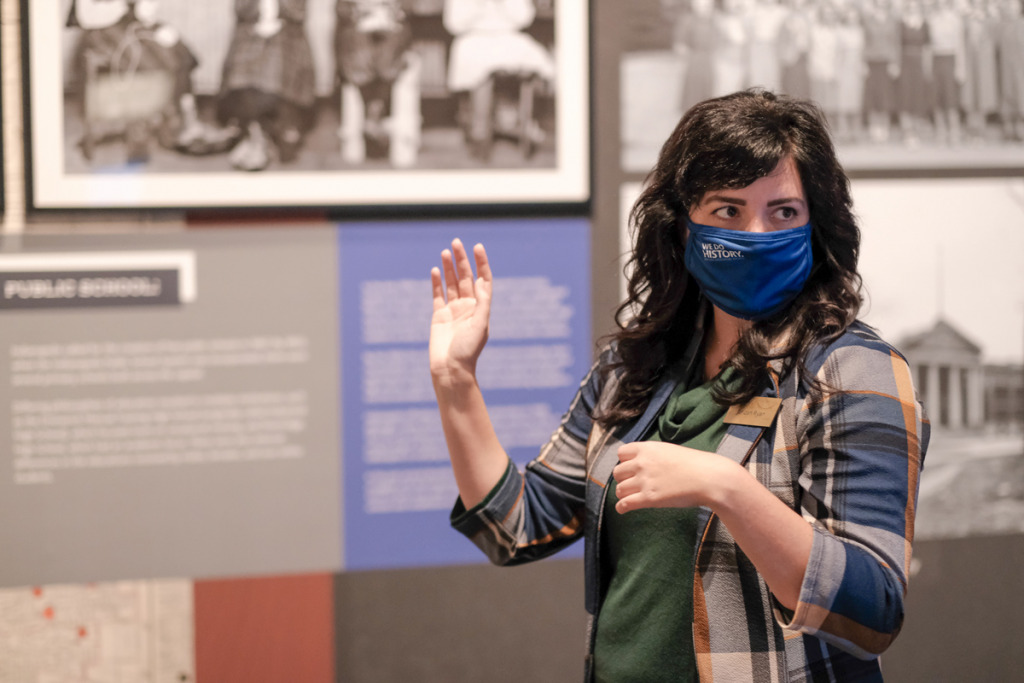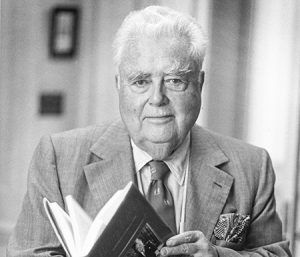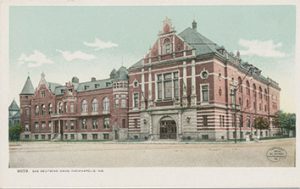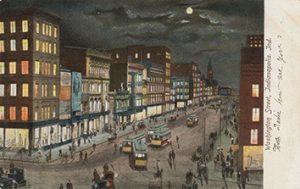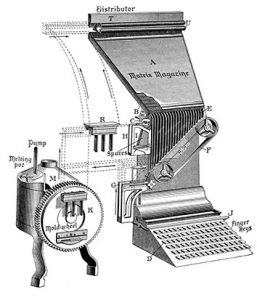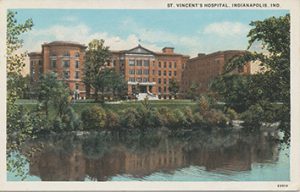Work on five-story downtown mural for Indy cycling legend to start next month
A mural honoring Indianapolis native Marshall “Major” Taylor, the first Black world champion cyclist, will begin going up in mid-May on a downtown building a block from Monument Circle, the Arts Council of Indianapolis said Monday.

